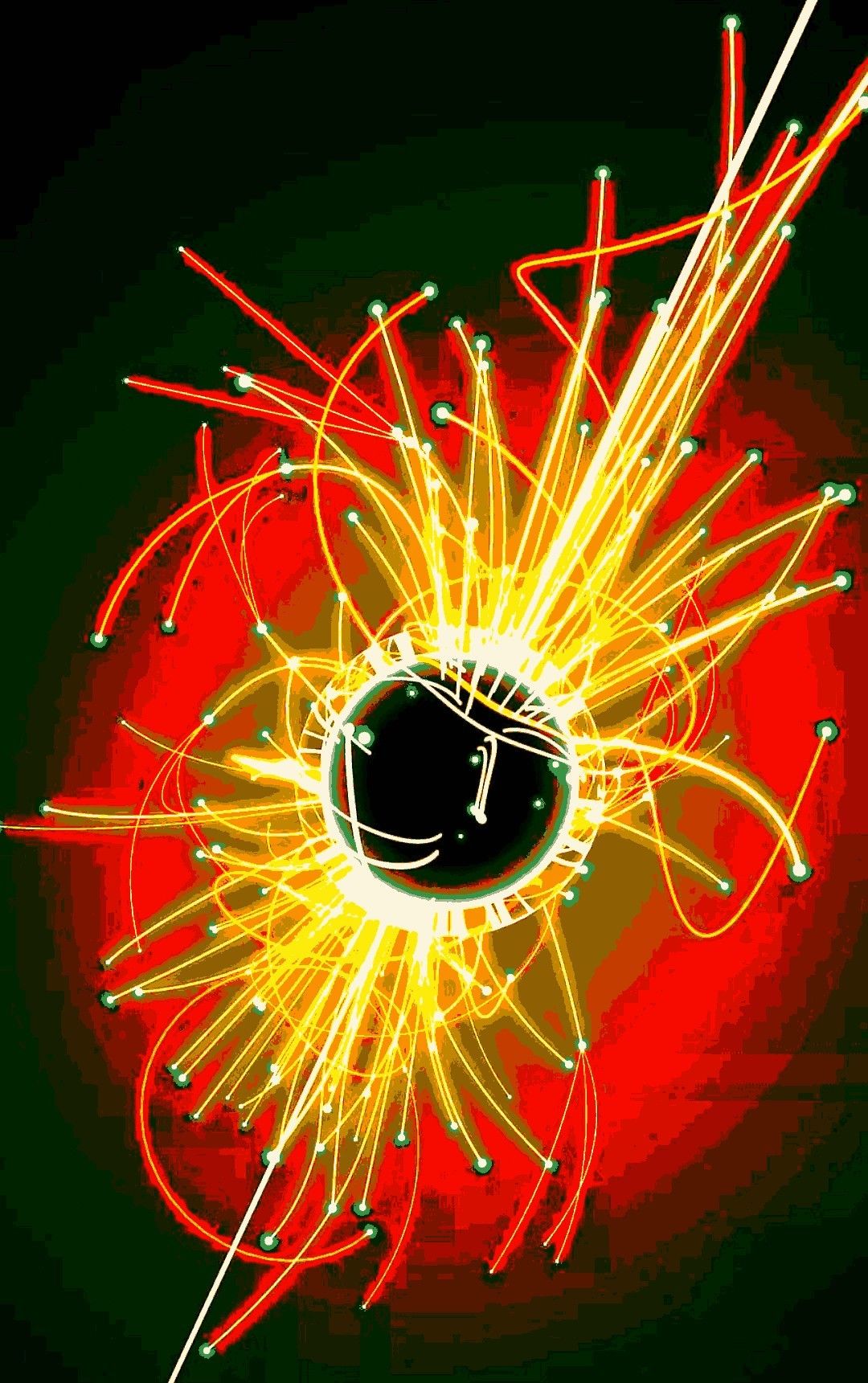What is a Higgs boson, you might wonder? This seems to be a question of profound simplicity at first glance, yet it opens the door to the complex and intricate universe of particle physics. When one dives into the elusive world of subatomic particles, the Higgs boson emerges not merely as a symbol of scientific quandary, but as a keystone that bridges the void between the minutiae of particles and the grand architecture of the cosmos itself.
At the nexus of the Standard Model of particle physics, the Higgs boson is a fundamental particle associated with the Higgs field, a quantum field that permeates the universe. The existence of this particular particle was conjectured in the 1960s, primarily credited to the work of physicists such as Peter Higgs, François Englert, and Robert Brout. One might ask, why is such a particle pivotal in our understanding of the universe? This inquiry unveils a deeper layer of intrigue: the Higgs boson provides mass to particles through a mechanism effectively known as the Higgs mechanism.
To fathom the importance of the Higgs boson, we must first explore what it means for particles to possess mass. Imagine a world where particles are devoid of mass; in such a scenario, galaxies would not coalesce, stars would not ignite, and life as we know it would be rendered impossible. The Higgs field imparts mass to elementary particles—such as quarks and leptons—through their interaction with it. This interaction is akin to how a person moving through a crowded room feels the resistance and slows down. Ultimately, this process gives rise to the material composition of the universe.
Delving deeper, we find that the interaction with the Higgs field is not uniform across all particles. Some particles, like the photon, remain massless, which is a crucial trait that allows light to travel at the ultimate speed limit of the universe—299,792 kilometers per second. In contrast, other particles, such as the W and Z bosons, acquire significant mass, thereby altering their behavior in the fabric of spacetime. This disparity raises an intriguing question: why should nature be selective in bestowing mass?
The Higgs boson itself is an ephemeral entity. It was theorized for decades but was finally confirmed through experimental evidence in 2012 at the Large Hadron Collider (LHC) at CERN. This monumental discovery was a significant triumph for modern physics, as it not only verified the existence of the Higgs boson but also reinforced the principles underlying the Standard Model. However, the celebration was tempered by a myriad of challenges that emerged post-discovery. Questions regarding the Higgs boson’s properties, its potential interactions, and its implications for physics beyond the Standard Model left the scientific community in a state of exhilaration and perplexity.
Examining the characteristics of the Higgs boson reveals more about its enigmatic nature. The particle is electrically neutral and has a relatively large mass, roughly 125 giga-electronvolts (GeV), which is about 130 times that of a proton. Furthermore, it is a scalar boson, implying that it has no intrinsic spin. This characteristic further distinguishes the Higgs boson from other particles.
The Higgs boson also opens conceptual vistas related to symmetry and the fundamental forces of nature. It is intertwined with spontaneous symmetry breaking, a phenomenon that explains why the weak nuclear force operates at short ranges but possesses massiveness. Had the Higgs field been absent or behaved differently, the universe as we perceive it would differ drastically. This scenario leads us to consider potential alternate theories and frameworks that might extend or even replace the Standard Model, such as supersymmetry or string theory, each grappling with the enigmatic nature of the Higgs boson.
Nevertheless, the existence of the Higgs boson does not encapsulate the entirety of our cosmic narrative. It generates further inquiries about dark matter and dark energy—mysteries that constitute about 95% of the universe yet elude direct detection. The relationship between the Higgs boson and these elusive entities remains ambiguous and may hold clues to our understanding of the universe’s fate.
As we delve further into the implications of the Higgs boson, we confront the paradox that arises from its discovery. The particle’s mass is extraordinarily fine-tuned, prompting questions about the stability of the universe. The so-called “hierarchy problem” surfaces, suggesting that the Higgs boson may decay or fluctuate into new physics, potentially unveiling phenomena that exist beyond our current grasp. Would a new generation of particles lie just outside our experimental reach, perhaps waiting for technological advancements to reveal their secrets?
In conclusion, the Higgs boson is far more than a mere particle; it encapsulates a myriad of concepts that challenge our perception of reality. It serves as a linchpin in particle physics, screens a cascade of unanswered questions, and teeters at the edge of our understanding of the universe’s fundamental nature. The exploration of the Higgs boson is the starting point to delve into the myriad complexities of the cosmos, illuminating pathways to the mysteries that still elude humanity’s grasp. As physicists continue to investigate this fascinating domain, one must ponder: what further revelations await us in the boundless expanse of the universe, and how will the Higgs boson’s legacy shape the future of scientific thought?












